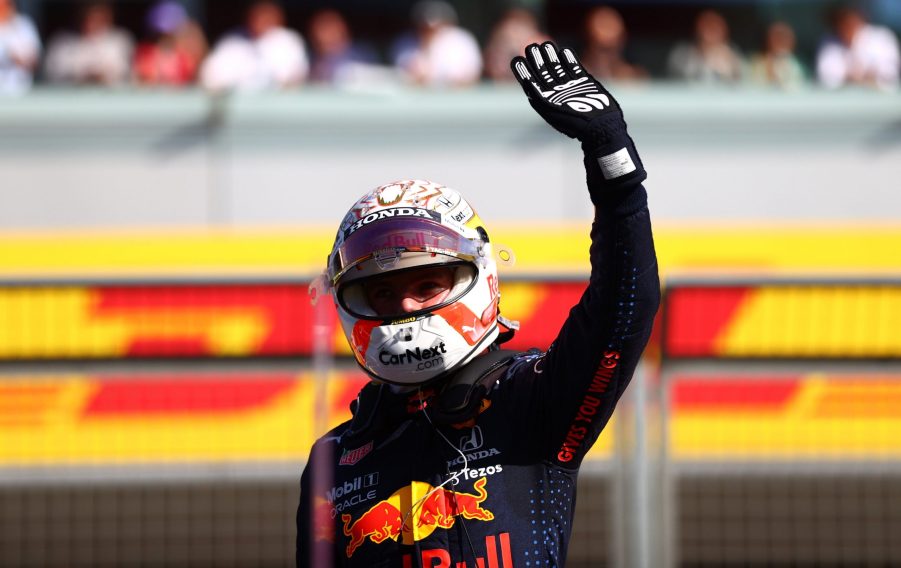
How Formula 1 Safety Technology Saved Max Verstappen
Max Verstappen had a big crash in Britain on Sunday. Thankfully, the Dutchman is unharmed. The crash has caused a great deal of controversy, including appalling racist and inflammatory remarks directed at Lewis Hamilton, the other driver involved in the collision. However, one thing is for sure. Formula 1 safety technology saved Max’s life on Sunday.
Max hit the wall at over 150MPH
The championship battle between Max Verstappen and Lewis Hamilton is a tight one. Arguably the tightest we’ve seen in several years of Mercedes Formula 1 dominance. In light of that, both drivers are pushing each other hard. Frankly, it was only a matter of time until something like this happened. As you can see, Max tries to push Lewis, who says simply, “no.” And that’s exactly what led to the crash. Both drivers are no doubt spurred on by the knowledge that Formula 1 safety technology is helping keep them safe.
However, let’s not downplay just what a massive crash dear Max had. F1 cars regularly exceed 150 MPH, and that’s about how fast Max was going when he got spun ’round. The massive 51G impact with the barriers clearly winded the Dutchman, and we’re lucky he was later found to be relatively unhurt. Now, let’s take a look at the Formula 1 safety technology that certainly saved Max Verstappen’s life.
Formula 1 safety technology used to be anything but

It’s important to point out that F1 cars weren’t always this safe. Of course, Niki Lauda and his crash at the Nurburgring come to mind, as well as the tragic death of figures like Antione Hubert, and countless others. Several decades ago, it was simply a consequence of the sport. Fuel tanks were and are fitted immediately behind the driver and often detonated once they were punctured. Thankfully, the FIA, after a massive push from concerned drivers, instituted safer, flexible fuel tanks, as well as tethers to keep wheels from flying away.
As the cars have become faster, crashes have become more spectacular. High-G impacts are expected now, given the speeds cars reach over the course of a lap. Current and more recent Formula 1 cars are made largely of carbon fiber and extremely strong yet brittle material. Through the advent of carbon chassis and crash structures, the impact forces are diverted away from the driver. However, this pales in comparison to the next change in Formula 1 safety technology, the Halo.
Crash technology has come a long way

In the above image, you can see what’s left of Romain Grosjean’s car after his fiery crash in Bahrain last year. Like Max, the Frenchman hit the barriers at a high rate of speed, only he burst into flames on impact. Grosjean was wedged under the barrier, but saved by the Halo loop at the top of the car. Without it, he surely would have been crushed.
It’s advances like these that help keep drivers safe, letting them push as hard as they can for lap times and position. Crashes happen in racing, and no matter your opinion on the Hamilton/Verstappen crash, the important thing is, Max is unharmed and ready to take the fight to Mercedes in Hungary a few weeks from now.


